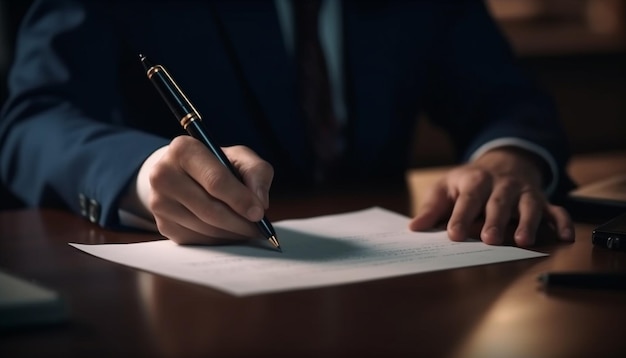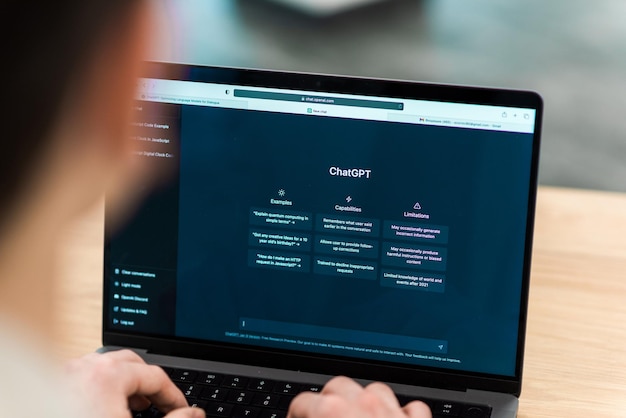How to Use an AI Character Art Generator
Have you ever wondered how to create amazing artworks using artificial intelligence? AI character art generators are tools that can help you turn your text descriptions into stunning images of characters, creatures, and scenes. Whether you want to design your own avatar, create a fantasy world, or just have some fun, AI character art generators can unleash your imagination and surprise you with their results.
In this article, you will learn how to use an AI character art generator step by step. You will also discover some tips and tricks to make the most of these tools and some examples of AI art prompts that you can try yourself.
What is an AI Character Art Generator?
An AI character art generator is a tool that uses a type of artificial neural network called a generative adversarial network (GAN) to create images from text. A GAN consists of two parts: a generator and a discriminator. The generator tries to create realistic images from text, while the discriminator tries to tell apart real images from fake ones. The generator learns from the feedback of the discriminator and improves over time.
AI character art generators can produce images of various styles, such as realistic, cartoon, anime, or abstract. They can also generate images of different genres, such as fantasy, sci-fi, horror, or romance. Some AI character art generators can even combine multiple elements in one image, such as characters, backgrounds, objects, and effects.
How to Write an AI Art Prompt
An AI art prompt is a text description that tells the AI character art generator what kind of image you want to create. Writing an effective AI art prompt is not very difficult, but it requires some attention to detail and creativity. Here are some tips and tricks to help you write good AI art prompts:
- Be specific and descriptive: The more details you provide, the better the AI character art generator can understand your request and produce accurate results. For example, instead of writing “a girl with blue hair”, write “a teenage girl with long blue hair and green eyes wearing a pink dress and holding a teddy bear”.
- Use commas to separate elements: Commas help the AI character art generator to distinguish between different elements in your prompt. For example, instead of writing “a dragon breathing fire in a forest at night”, write “a dragon, breathing fire, in a forest, at night”.
- Use modifiers and adjectives: Modifiers and adjectives can help you specify the shape, size, color, texture, pattern, style, mood, or emotion of your elements. For example, instead of writing “a castle”, write “a large medieval castle with stone walls and towers”.
- Use references: References can help you indicate the genre, theme, or style of your image. You can use references to other media, such as movies, books, games, or artworks. You can also use references to real places or people. For example, instead of writing “a superhero”, write “a superhero like Spider-Man” or “a superhero in New York City”.
- Experiment and have fun: Don’t be afraid to try different combinations of words and see what the AI character art generator comes up with. You might be surprised by the results. You can also use poetic or abstract language to create unusual or surreal images. For example, instead of writing “a flower”, write “a flower made of stars”.
How to Use an AI Character Art Generator
There are many online tools that you can use to generate AI character art from text. Some examples are Midjourney1, Starry AI2, Craiyon3, Nightcafe4, and Imagine5. Each tool has its own features and limitations, so you might want to try different ones and see which one suits your needs best.
Here are the general steps to use an AI character art generator:
- Choose a tool: Go to the website of the tool you want to use and sign up for an account if required.
- Write a prompt: Enter your text description in the prompt box. You can use the tips and tricks from the previous section to write a good prompt.
- Generate an image: Click on the generate button and wait for the tool to process your prompt and create an image. Depending on the tool and the complexity of your prompt, this might take a few seconds or minutes.
- Review the image: Once the image is generated, you can review it and see if it matches your expectations. You can also save it or share it with others.
- Edit or regenerate the image: If you are not satisfied with the image or want to try something different, you can edit your prompt or generate a new image. Some tools allow you to adjust the settings, such as the resolution, style, or randomness of the image. You can also use the same prompt to generate multiple images and compare them.
Examples of AI Art Prompts
To give you some inspiration and ideas, here are some examples of AI art prompts that you can use or modify to create your own images. Feel free to experiment and have fun with these prompts.
- A cute cartoon cat wearing a hat and sunglasses, sitting on a beach chair, drinking a cocktail
- A realistic portrait of a young woman with curly brown hair and blue eyes, smiling
- A fantasy scene of a knight fighting a dragon in front of a castle, in the style of Lord of the Rings
- A sci-fi scene of an astronaut exploring an alien planet, in the style of Star Wars
- A horror scene of a zombie chasing a person in a dark alley, in the style of The Walking Dead
- A romantic scene of a couple kissing under the Eiffel Tower, in the style of The Notebook
- An abstract scene of geometric shapes and colors, in the style of Picasso
- A surreal scene of a fish flying in the sky with wings, in the style of Dali
- A funny scene of a banana wearing a suit and tie, holding a briefcase, in the style of The Simpsons
- A beautiful scene of a sunset over the ocean, with dolphins jumping out of the water
Conclusion
AI character art generators are amazing tools that can help you create stunning artworks from text. You can use them for fun, for learning, or for professional purposes. All you need is a good prompt and some creativity.
To recap, here are the main points to remember when using an AI character art generator:
- Choose a topic that interests you and write a clear and descriptive prompt.
- Use commas, modifiers, adjectives, and references to specify your elements.
- Experiment with different tools, settings, and prompts to generate different images.
- Review, edit, or regenerate your images until you are happy with them.
- Save or share your images with others.
Frequently Asked Questions
Here are some common questions and answers about AI character art generators.
What are the benefits of using an AI character art generator?
Some benefits of using an AI character art generator are:
- You can create amazing artworks without any artistic skills or experience.
- You can save time and money by not having to hire an artist or buy expensive software.
- You can learn new things and improve your creativity by exploring different genres, styles, and themes.
- You can have fun and express yourself by creating unique and original images.
What are the limitations of using an AI character art generator?
Some limitations of using an AI character art generator are:
- You might not get exactly what you want from your prompt. The AI character art generator might interpret your prompt differently or produce unexpected results.
- You might encounter technical issues or errors with the tool. The AI character art generator might be slow, buggy, or unavailable at times.
- You might face ethical or legal issues with your images. The AI character art generator might use copyrighted or inappropriate content in your images. You might also need to check the terms and conditions of the tool before using your images for commercial purposes.
How can I improve my AI art prompts?
Some ways to improve your AI art prompts are:
- Do some research on your topic and find some examples or references that you like.
- Use specific and descriptive language to tell the AI character art generator exactly what you want.
- Experiment with different words and combinations to see how they affect the image.
- Ask for feedback from others and see how they interpret your prompt and image.







